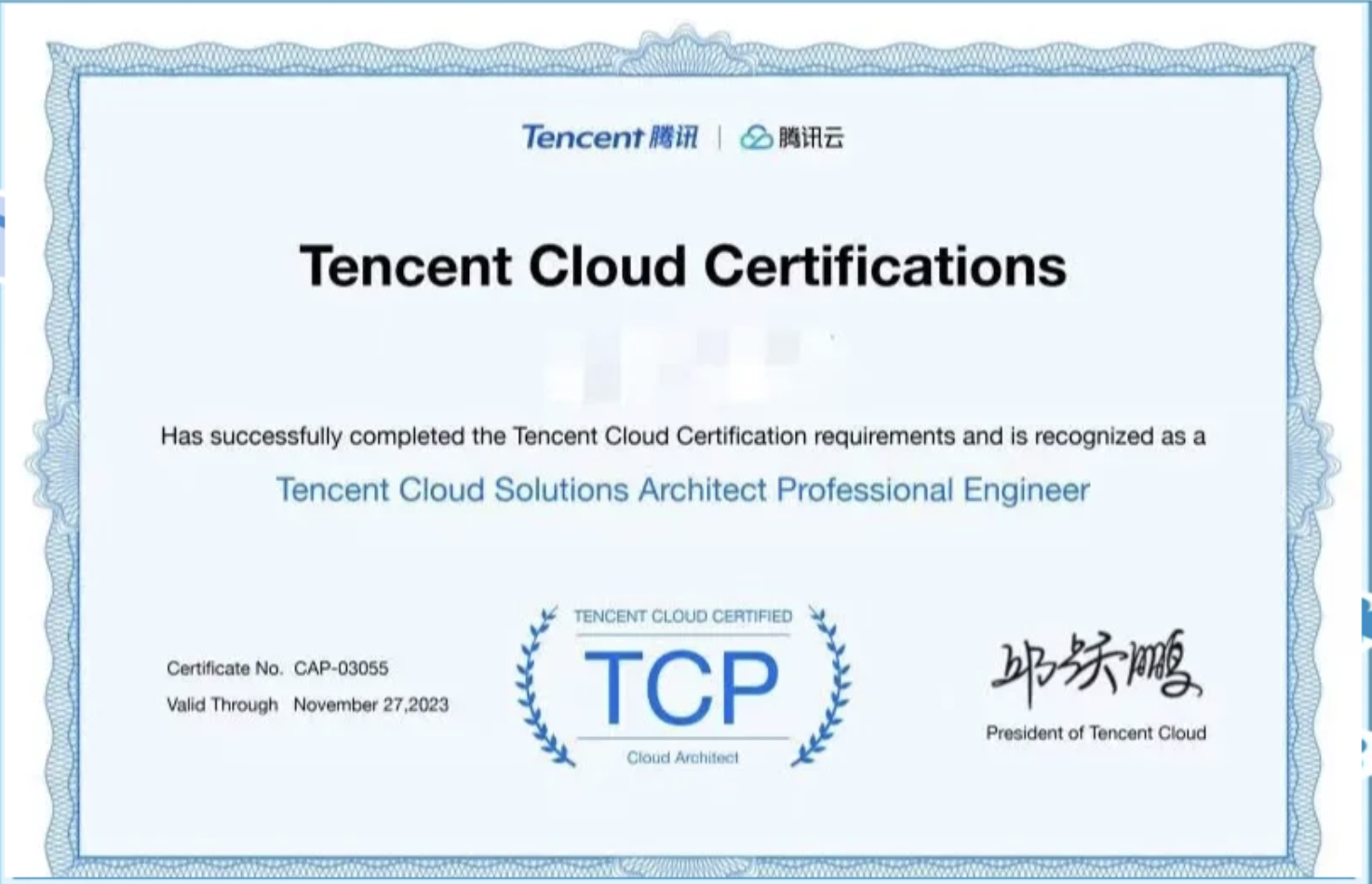What is the difference between private cloud and public cloud? In the wave of digital transformation, cloud computing has become the core support of enterprise technology architecture. Private cloud and public cloud are two mainstream cloud service models, and their essential differences and applicable scenarios directly affect the technical decision-making of enterprises. Xiaobian will explore the advantages of private cloud and public cloud in depth.从阿里云国际版的发展前景来看,未来会一直带来积极的影响。谷咕云计算是阿里云国际、腾讯云国际、华为云国际、亚马逊云(AWS)、谷歌云(GCP)、微软云(Azure)等国际云平台的官方服务商,同时租赁美国、香港、新加坡等地云/独立/站群/高防服务器,提供中国或者全球范围内的国际云平台账户开通、充值和租用服务。可USDT、支付宝支付、可退款。https://www.kaihu123.com/Computing/alibabacloud/
First, the difference between private cloud and public cloud
1. Resource ownership and deployment mode
Private Cloud (private cloud)
Private cloud is a cloud environment built exclusively for a single organization. Its infrastructure (servers, storage, networks) is usually deployed in the enterprise’s own data center or hosted by a third party, but the resources are completely isolated. Enterprises have absolute control over hardware, software and data. For example, financial institutions often use private clouds to process sensitive transaction data to ensure compliance.
Public Cloud (public cloud)
The public cloud is built and maintained by cloud service providers (such as AWS, Alibaba Cloud and Azure), and the resources are shared with multi-tenants through the Internet. Enterprises rent computing resources on demand, without having to bear the cost of hardware procurement and maintenance. Start-ups often rely on public clouds to quickly deploy applications to avoid high initial investment.
2. Safety and compliance
The closed nature of private cloud makes it naturally more secure, and the data is completely managed by enterprises, which is suitable for industries subject to strict supervision (such as medical care and government);
Public cloud relies on the security system of service providers, and needs to ensure data isolation through encryption, access control and other technologies. Its compliance certification (such as GDPR and ISO 27001) can help most enterprises meet the basic security needs.
3. Cost structure and flexibility
The initial investment of private cloud is high (hardware purchase, operation and maintenance team), which is suitable for long-term stable demand;
The public cloud adopts the pay-as-you-go mode (such as computing resources per hour and storage cost per GB), which is suitable for scenarios with large business fluctuations and can avoid idle resources.
Private Cloud and Public Cloud
Second, the core advantages of private cloud
1. Fully controllable data sovereignty
Enterprises can independently define data storage location, backup strategy and access rights to avoid the risk of data leakage caused by the intervention of third parties. For example, military enterprises ensure that core R&D data does not flow out through private clouds.
2. Deep customization ability
The architecture of private cloud can be flexibly adjusted according to the needs of enterprises, supporting customized network configuration, virtual machine management strategy, and even seamless integration with legacy systems. Manufacturing enterprises often use private clouds to build exclusive industrial Internet of Things platforms to meet the real-time monitoring requirements of production lines.
3. High performance and low latency
Localized private cloud reduces the physical distance of data transmission, and is suitable for scenes with high real-time requirements, such as high-frequency trading system or automatic driving data processing.
4. Long term cost optimization
Although the initial investment is high, the overall cost of private cloud may be lower than the continuous subscription fee of public cloud under long-term stable load. For example, private cloud is more cost-effective when large e-commerce companies maintain steady traffic outside the promotion season.
Third, the significant advantages of public cloud
1. Extremely flexible expansion
Public cloud supports second-level resource expansion, and enterprises can quickly respond to peak traffic. For example, the online education platform temporarily adds servers during the winter and summer vacations, and immediately releases resources after the activity, only paying for the actual usage.
2. Zero operation and maintenance burden
From hardware maintenance to software upgrade, cloud service providers are responsible. Enterprises can focus on core business development, especially for companies with small technical teams.
3. Global coverage and high availability
Mainstream public cloud service providers deploy multiple Availability Zones around the world to ensure service continuity through load balancing and redundant design. Multinational enterprises can realize low-latency access for multi-users with the help of public cloud.
4. Rich service ecology
Public cloud provides hundreds of ready-to-use services, such as AI model training (AWS SageMaker), Google BigQuery, etc. Enterprises can call advanced technologies without building complex infrastructure.
Private cloud and public cloud are not an alternative choice, but two tools in the digital transformation of enterprises. Understanding its differences and advantages, combined with the actual business needs, can build an efficient, secure and sustainable cloud strategy and take the lead in digital competition.